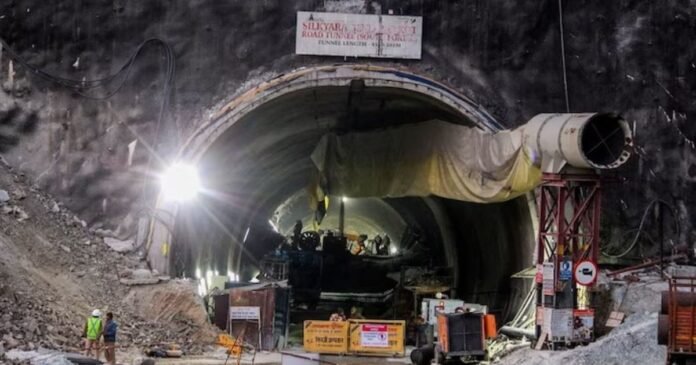Insights,In 2023, the Himalayan region faced a series of disasters, including the sinking of Joshimath in Uttarakhand, floods, landslides in Himachal Pradesh, a glacial lake outburst in Sikkim, and a recent tunnel collapse near Barkot in Uttarakhand. Despite seeming unrelated, these incidents tell a connected story that highlights the negative impacts of unplanned development in the region, especially in Uttarakhand. The current development approach in the Himalayas, from Ladakh to Arunachal Pradesh, poses a serious threat to the mountain ecosystem.
The Himalayan ecosystem is extremely delicate, and easily affected by even the smallest changes. The modifications, often seen as an “invasion” brought about by development forces, usually planned in urban offices, fail to consider how human activities, along with climate change, are making the already fragile environment more susceptible to disasters.
Labeling a Himalayan disaster, like a cloudburst or a flash flood, as simply a natural event ignores the fact that the increased frequency and severity of these climate incidents result from the overall development approach chosen for the planet, particularly for the Himalayan region. The geology of most of the Himalayas is unstable and dynamic, and the thoughtless greed and aggressiveness of planners, policymakers, and government agencies are putting the very existence of the Himalayas at risk.
Addressing Critical Errors in the Char Dham Road Project
A prime example of an unscientific undertaking that has significantly disrupted the ecology in the region is the notorious Char Dham National Highway Project. Launched in December 2016, the project aims to improve connectivity to the pilgrimage sites of Kedarnath, Badrinath, Yamunotri, and Gangotri—the four dhams nestled in the Himalayas. Covering activities such as road widening, tunnel construction, flyovers, and bypasses, this Rs. 12,000 crore project spans approximately 889 kilometers through the Himalayas. Despite its ambitious objectives, the road project exposes serious errors and assumptions in its planning and execution.
